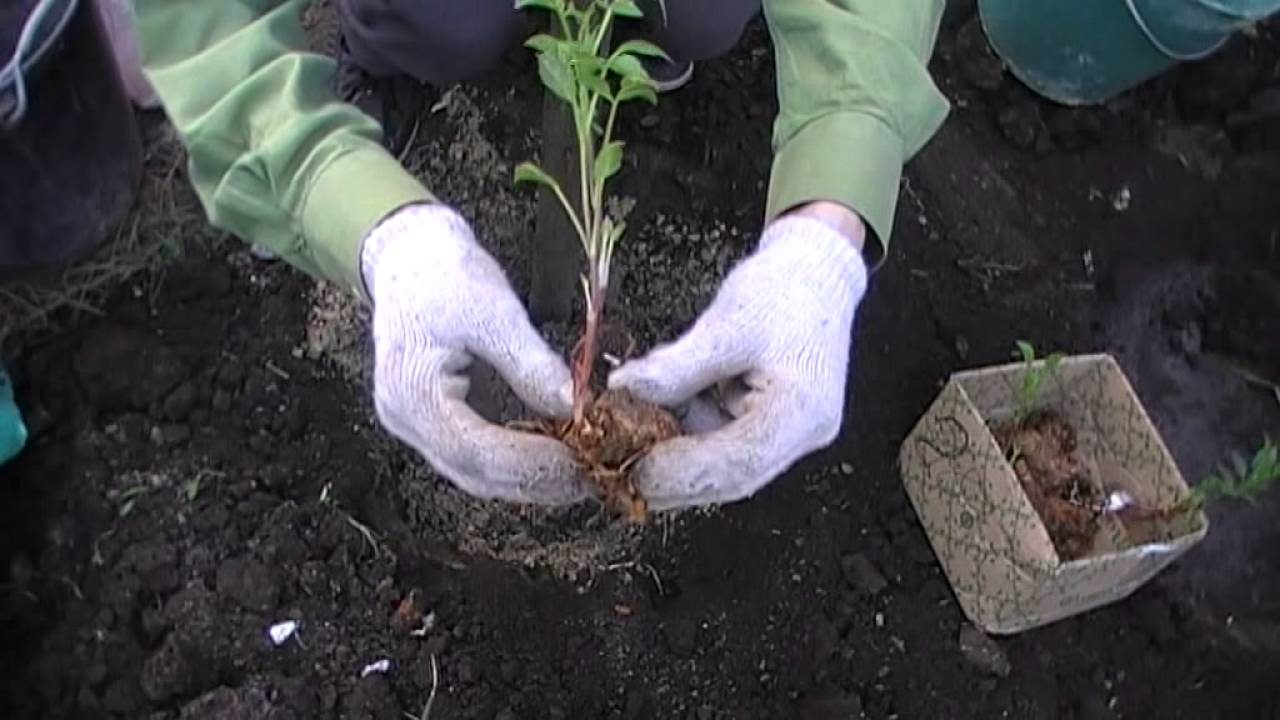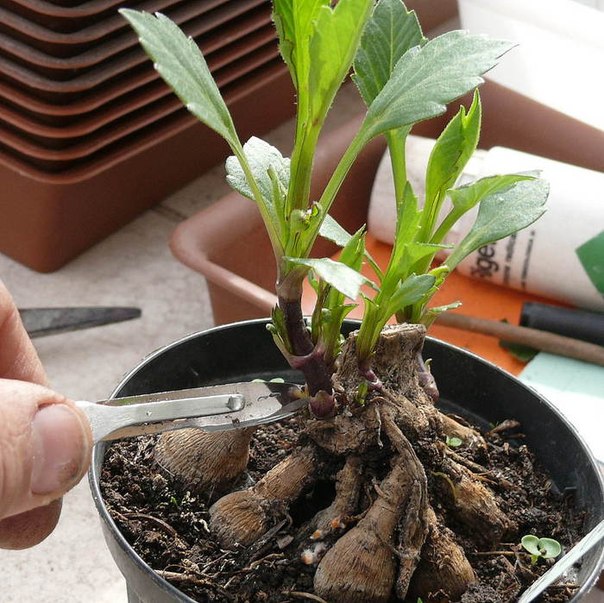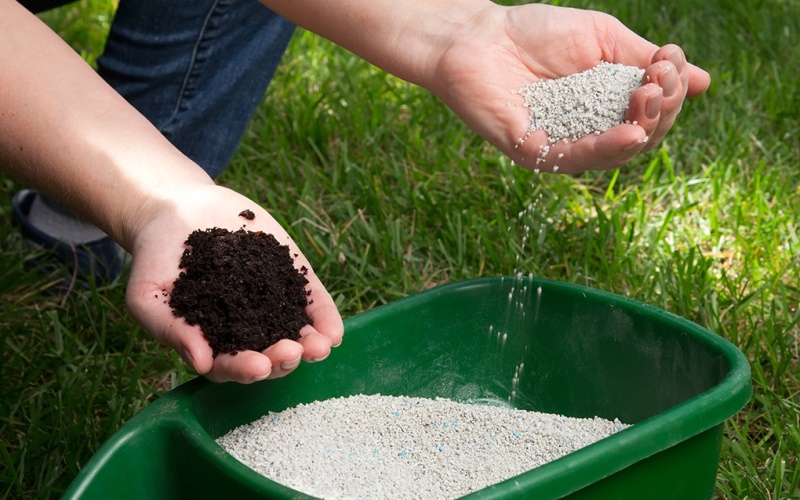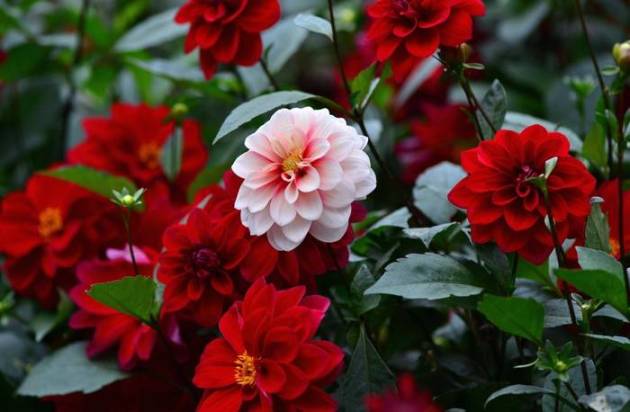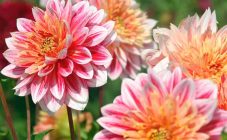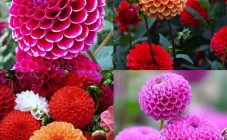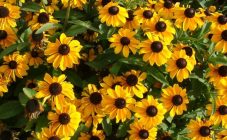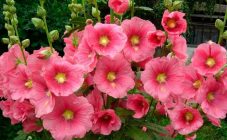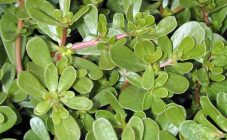Content:
Dahlia is a beautiful flower from the Astrov family. It is very beautiful, it can decorate the garden for a long period and please the eye. Huge fragrant buds enchant with their luxury. They decorate borders, form a flower bed, dahlias look elegant even singly in a pot. The color range of these colors is wide and varied. There are over 30 species of this flower and over 10,000 varieties.
Dahlia care rules
In order for dahlias to decorate the garden for as long as possible, the plant must be given attention. A few simple steps will allow you to extend the life of the flower:
- Stealing. Timely removal of shoots and shoots that have appeared on the stems allows the plant to give most of the nutrients and moisture for the growth and development of the central bud. The more shoots grow on a bush, the slower it develops. The optimal number of stems per bush is from 2 to 4. To obtain a luxurious bud, this procedure must be repeated throughout the entire flowering period.
- Watering. Dahlia needs regular irrigation. The soil must be moist. For this, watering is carried out every 2-3 days. It is important not to overdo it with the amount of water. High humidity can cause plant roots to rot. If you correctly moisten the soil under the dahlias, they can live from spring to autumn.
- Fertilization. At the same time as watering, competent gardeners apply fertilizers. This is very convenient, because all the necessary fertilizers can be dissolved in water and this solution can be watered and fertilized at the same time. Compost, ash, superphosphate or nitrogen fertilizers are used as fertilizers. At certain stages of growth, dahlia needs different fertilizers.
These rules apply to both indoor dahlias and outdoor dahlias. Everything about dahlias, planting and caring for them is simple and affordable even for a novice gardener.
Landing rules
Dahlia is an unpretentious flower. It can bloom even in the shade, with a minimal amount of sunlight. However, a plant can suffer from a lack of light, therefore, to prolong the life of a flower, comfortable conditions are created for it.
The plot for planting dahlias is chosen sunny, on the south side. The dahlia loves light partial shade, so the area on the north side can be shaded with a hedge, wall or fence.
The plant needs protection from the wind, but it needs fresh air. Therefore, there must be enough free space around the plant.
Dahlia is not capricious about the quality of the soil. Both sandy and black earth soil are suitable for growing. Naturally, the plant grows better on fertile soil.
To enrich the soil, fertilizers are applied to the plants before planting. In the spring, manure, humus or compost mass is introduced into the soil. Observe the neutral acidity of the soil. Wood ash, slaked lime or peat are added as needed.
Immediately before planting, the soil is loosened. For the prevention of diseases and the appearance of insects, the soil is treated with insecticidal agents.
A hole is being prepared for planting a dahlia. The size of the hole depends on the size of the tuber of the plant.The approximate depth is 25-30 cm, and the diameter is from 30 to 40 cm. The distance between the holes is 50-60 cm. Fertilizer is immersed in the hole, water is poured in, and after that the plant is placed.
The plant is placed strictly vertically, sprinkled with earth and watered. The root space is mulched with grass, sawdust or spruce branches.
Outdoor planting
Dahlia planting outdoors depends on weather conditions. The climate is different in different regions, so there is no clear time for disembarkation. Dahlias are planted in heated soil. When planted early, dahlia roots can freeze in cold ground. When disembarking, it is necessary that the ambient temperature be at the level of 15-18 degrees Celsius. It is important that there are no night frosts. Dahlia blooms 70-80 days after the plant is planted.
Planting at home
To plant dahlia in a pot, you must select a variety with an undeveloped root system. For growing dahlias at home, special low-growing and miniature varieties have been bred. It is important to find a suitable pot or box in which the dahlia will grow and develop comfortably. The container can be made of any material: plastic, wood, clay, porcelain.
In order for the water not to stagnate in the pot, it is necessary to make holes at the bottom. Drainage holes protect the roots from rotting and make it easier for oxygen to reach them.
Responsibly approach the choice of soil for planting. The soil should be coarse and loose. This will facilitate the access of oxygen to the plant roots. Peat, sand and humus are mixed with the soil. You can buy a ready-to-use flower primer mix at a specialty store.
When planting, the roots of the plant are straightened. The tuber is located with its eyes upward, for convenient stem growth.
Dahlias in pots bloom 40-50 days after planting in the ground.
Planting in pots
If you plan to grow flowers indoors, then you can plant dahlia tubers in March or April. If the pot is planned to be exposed to the open air, then planting is not done until May.
Dahlia care at different times
Perennial dahlias are not picky and do not require special care. It's easy to look after them. It is enough to keep the soil moist, to cover the plant from winds and drafts, to huddle and loosen the soil under the flower, to remove weeds, and to tie up grown stems. Regular pinching is carried out - removal of side shoots.
In the spring, during planting, the plant needs fertilizing with nitrogen, phosphorus and potassium fertilizers. They stimulate flower growth and bud formation.
In the summer, the plant is fed to maintain green mass and is treated against pests and diseases. For this, mineral and organic fertilizers are used, such as ammonium nitrate and poultry manure.
To maintain the correct development of the bush, pruning is carried out. From 3 to 5 shoots are left on the stem, removing the rest. The procedure is carried out weekly. Tall dahlias also manage leaves from the roots to the middle of the stem. Thus, the plant retains the strength to bloom the buds.
In the fall, dahlias begin to prepare for wintering. The stems of the plant are cut. The shortened plant should be no more than 10 cm in height. The cuttings are covered with foil or foil to prevent moisture ingress, which provokes rot, and do not open for 3-4 days. After a few days, the plant is dug up. This is done carefully, avoiding damage to the tubers. The tuber is carefully peeled from the ground and washed. It is better to wash it with a solution of potassium permanganate, it disinfects the tubers, preventing pathogenic diseases.
Store the processed tubers in a cardboard box, wooden box or other spacious container. The tubers are covered with sawdust, sand or ash to avoid drying out. The containers are removed for the winter in a cellar or other room, the temperature of which does not fall below 0 degrees and does not rise above +10. Room humidity is maintained at 50-60%.
The structure of the dahlia stem is such that it is hollow inside, so the stem often breaks under the weight of the bud or from a strong gust of wind. In order for the stem to stay even longer, a garter is made. Wooden or metal pegs are used as support. The plant is tied to a peg with an elastic material, for example, nylon, so as not to damage the stem.
Common pests on dahlias are slugs, aphids, ticks and caterpillars. An effective remedy in the fight against them is a decoction of wormwood. Pest control can also be carried out with chemicals.
To increase the number of inflorescences, dahlia are pruned. All side shoots and extra buds are removed. The lower leaves are removed from the trunk. Faded buds must also be removed.
Dahlias in the Moscow Region, the Urals and Siberia
Dahlias grow in different ways in different regions of the country.
In the southern and central parts of Russia, the flower is more susceptible to warm winds and lack of moisture. Therefore, the flowering time of the bud in Moscow and the Moscow region is much shorter. Watering has to be done more often.
In the more southern parts of Russia (Krasnodar Territory, Voronezh Region) for planting dahlias, they choose a site in the lowland and surround it with a rampart for stagnation of water in it.
The most difficult region for growing dalys is Siberia. The site for growing is sunny. Planting is carried out in mid-June. When planting, the lower leaves are immersed in the soil to accelerate the appearance of buds on the plant trunk. A plant is left with no more than two trunks, otherwise it will not bloom. Already in August, the plant begins to prepare for wintering.
Observing simple rules of care, the garden can be turned into a variegated greenhouse. Dahlias look spectacular in any landscape.

